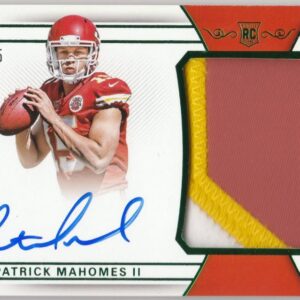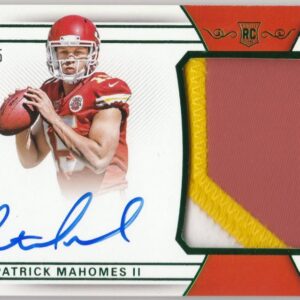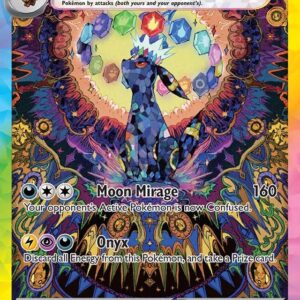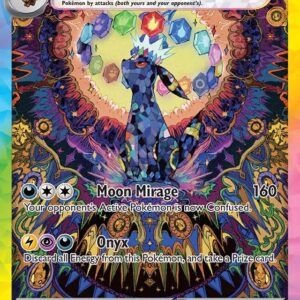As the anticipation towards Opening Day rivets over America, the crack of the bat and the smell of freshly cut grass aren’t the only signs of baseball’s renewal; there’s another ritual accompanying the start of a new MLB season, and it’s unfolding in the world of trading cards. Stretching across the nation, collectors are not merely gazing at their favorite sports teams, but they are launching themselves headfirst into the adrenaline-pumping rush of the trading card universe.
It’s no surprise that America’s pastime finds itself intricately intertwined with the hobby of trading card collecting. This cherished activity, now growing in a highly speculative direction, carries as much promise—and risk—as buying stocks. The tangible excitement is palpable in places like Cards HQ in Atlanta, touted as the world’s largest card shop, where manager Ryan Van Oost has witnessed the hustle firsthand.
Van Oost’s store is a congregation point for collectors yearning for the potential crown jewels of tomorrow’s baseball dynasty. As he gestures toward what remains of the Braves’ singles section, it becomes clear how spirited the past weekend was for cards as crowds jostled for a single opportunity to own a piece of potential history. “We had a crazy weekend,” he mentions, understating the frenzy that saw shelves swept bare.
In the new season’s landscape, while Ronald Acuña Jr.’s cards might lie undisturbed, perhaps highlighted by his established stardom, the real action orbits around lesser-known names striving for the limelight. One such name is Nacho Alvarez. Despite having a mere 30 major league at-bats, Alvarez’s card has seen offers spike up to $5,000. Each piece of cardboard serves as an intimate story of untapped potential and unbounded enthusiasm that keep collectors flocking.
And in a classic narrative twist what was it Van Oost shared about Drake Baldwin? An enigma within the baseball universe, Baldwin, a fresh-faced catcher yet to grace the MLB fields, is suddenly a name fluttering in collectors’ demand lists simply due to the whispers of an uncertain yet probable Opening Day start. This cascade of information alone sparks flurried buying, pushing shopkeepers like Van Oost on the edge of their seats. “We sold out,” he says, gesturing towards spaces in racks once teeming with Baldwin’s cards.
It’s a gamble precisely akin to betting on an unproven junior stock—one that could pay off with a windfall or end in unreadable contracts. Yet, history has shown that some gambles bridge realms from baseball fields to bank vaults, evidenced by the astronomically priced Paul Skenes card. Skenes, with just 23 pro appearances, saw his card being sold for an eye-popping $1.11 million. This transaction exemplifies how a cardboard rectangle could parachute into the ranks of very tangible, high-stakes investments.
The realm of card collecting, with its eclectic blend of nostalgia, hopes, and economics—all wrapped in glossy covers—remains a tight-knit community replete with stories of big wins and occasional flops. Such duality is reminiscent of a baseball season itself, where thrill and caution are intertwined.
Even as markets have evolved, morphing substantive collectibles into investments of fiscal viability, the core remains unchanged. It’s about believing in a name before it ascents, a notion Van Oost readily champions. “Who needs a 401K when we’ve got sports cards?” he quips, a playful yet telling admission of the attachment and hope intertwined with each card.
Indeed, baseball cards, like the sport they represent, are seeded in possibility. Each card purchase is a tactile investment in optimism, a wager that today’s fledgling rookie might transform into tomorrow’s legends, leaving an indelible mark not just on the diamond, but also in the annals of investment lore. In these bold pursuits, trading cards capture more than a name and a face; they offer a chance to dream, to speculate, and perhaps, to prosper.





